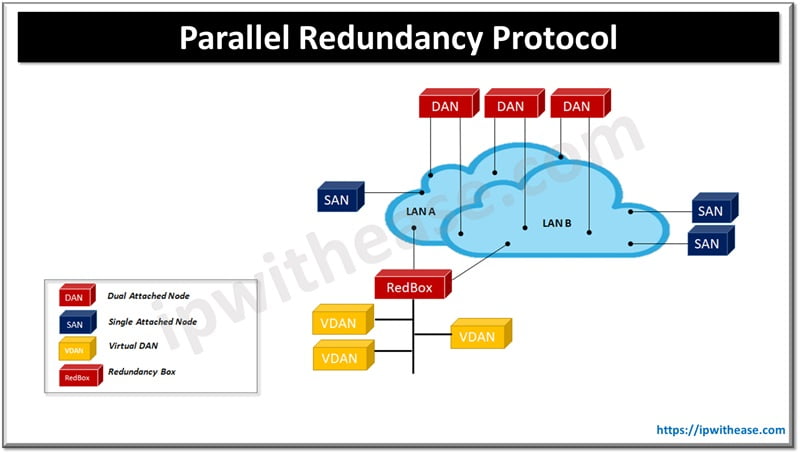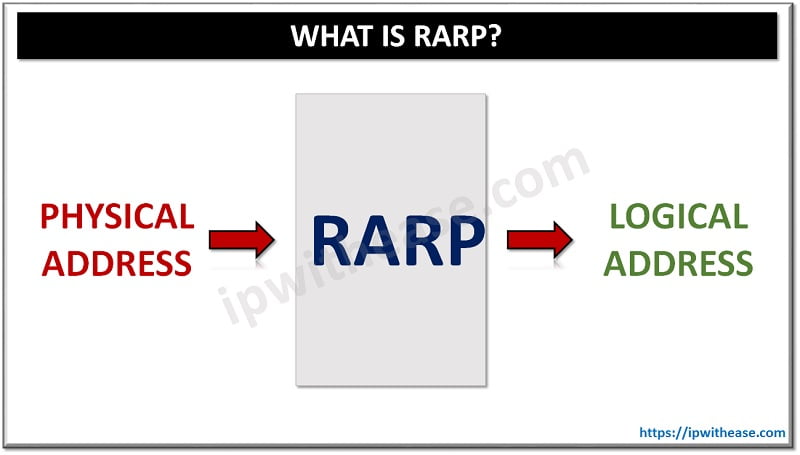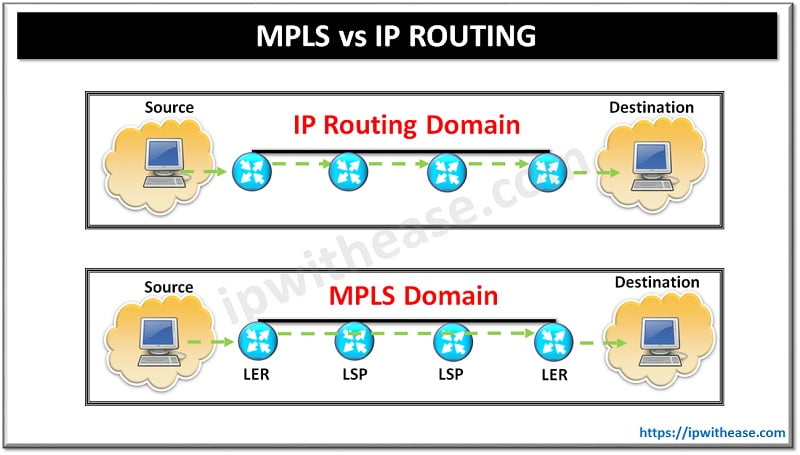Table of Contents
Real time Ethernets in the industrial sector demands high redundancy, availability and resiliency as even a short loss of connectivity could result in loss of functionality related to automation, power generation, power distribution systems, vehicular and so on. To recover from network disruptions different standard redundancy systems are applied such as Parallel redundancy protocol (PRP), Rapid spanning tree protocol (RSTP) etc.
In today’s topic we will learn about Parallel redundancy protocol (PRP), how it works, its architecture, features and use cases.
Parallel Redundancy Protocol
Parallel redundancy protocols (PRP) unlike its counterparts RSTP which can be applied to mesh topologies and MRP is restricted to ring type topology, works on two independent networks and does not change the active topology. On sending nodes each frame is replicated and sent to both the networks. The receiving node processes the frame which arrives first in order and discards the subsequent one. The PRP layer is responsible for replicating or discarding frames and hides it from upper layers of network communication. This functionality works without any additional or explicit switch over or reconfiguration and hence there is no period of unavailability.
The choice of redundancy protocol would depend on the application level of tolerance against interruptions caused due to switch overs. For high availability applications, grace of time is defined as time application permits for recovery before making any emergency shutdown or power off decisions. Recovery time post failure communication such as drive sync, robot controls, X-wire might require grace time of 10 ms or may be less.
How Parallel Redundancy Protocol works
PRS redundancy works on end nodes rather than network components. An end node is connected to two similar LANs having arbitrary topology, parallelly operated and disjoint. The LAN architecture should fail independently and should not be powered with the same supply. There is no direct connection between the two LANs.

The two LANs here – LAN A and LAN B are identical using the same protocol at MAC layer, but differ in topology and performance. Transmission delays are also not the same for both networks. The LANs have no direct linkage between them and are fail-independent.
In certain applications, only critical nodes require a double attachment and others may not. PRP defines types of end nodes to meet the different requirements of redundancy.
- The dual attached node (DAN) is connected with both networks
- Non-critical nodes can be attached to one LAN and are known as Single attached nodes (SAN) which communicate over the same LAN.
- The redundancy box (RedBox) is typically used in a scenario where a single interface node needs to be attached to both LANs. These nodes can communicate with all other nodes in the networks. A node behind RedBox appears to other nodes like a Dual attached node (DAN); it is known as virtual DAN or VDAN. The RedBox is a DAN and acts as a proxy for other VDANs. It has its own IP address for management functions.
Each Dual attached node (DAN) has two ports which operate in parallel and are attached to upper layers of the communication stack with a link redundancy entity (LRE). When the frame is sent by the upper layer the LRE does the replication of the frame and sends the frame to both ports at same time. The two frames transit through both LANs with different delays. Duplicate frame is discarded and the one received earlier is forwarded to the upper layer by the LRE node.
Health status of each LAN is monitored to maintain redundancy. All senders and receivers maintain tables of nodes to which they communicate and also record last time frame was sent or received from node along with protocol information. This protocol is loosely connection oriented; the sequence numbers associated with non-existent nodes need to be cleaned up.
Related: What are OSI Protocols? 7 Network Layer Protocols Explained
Parallel Redundancy Protocol Implementation
Parallel redundancy protocol (PRP) can be implemented at various levels depending on the way duplicates have been taken care/handled.
- At driver level – efficient handling with maintaining transparency to application
- At application layer level – less efficient but ease of observation and debugging. BSD like license available as open source
- At hardware level – Host processor resources are not consumed to run discard algorithm
Features of PRP
- Allows single and double network attachment devices to be mixed over same LAN
- Uses double star topology hence communicate bandwidth on Star networks is same
- It is plug and play and requires no special network engineering
ABOUT THE AUTHOR

You can learn more about her on her linkedin profile – Rashmi Bhardwaj



